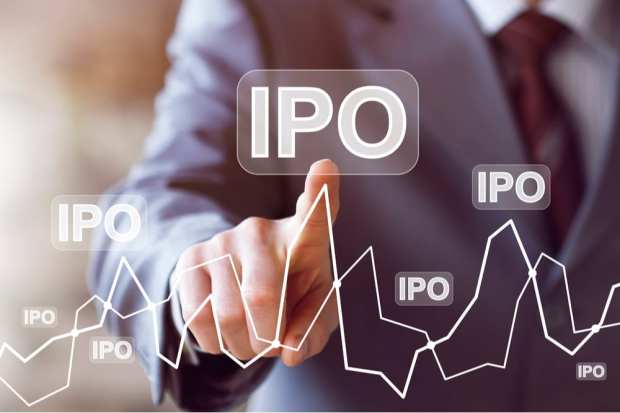Companies Shelve IPOs Rather Than Face Volatile Wall Street

We are in a period where 5 percent down days in equity markets — take your pick which market, in whatever country you like — are becoming commonplace.
And as the headlines surrounding the coronavirus grow, as the epidemic spreads, as oil prices plummet in a price war, one casualty almost certainly will be the initial public offering (IPO).
Through the end of last month, as S&P Global Market Intelligence reported, there were 30 IPOs in the U.S. alone this year.
And yet in recent days, perhaps understandably, there has been a palpable pullback in IPOs. They run the gamut of industries and verticals, indicating that the troubles and concerns are certainly not limited to any one class of companies or end market. After all, the very metrics of gauging company potential, in terms of revenues and earnings, which in turn drive valuation, are suddenly hazy.
In no particular order, Warner Music Group delayed its IPO earlier this month. Cole Haan filed last month to go public — now those plans are being pushed out. Airbnb is reportedly delaying its offering to next year. In China, the company 58 Home delayed a listing last month. In Europe, Wintershall Dea GmbH and BASF SE’s oil and gas operations were supposed to be among the region’s largest listings.
As for those companies that have gone public this year, well, Casper Holdings is a busted IPO, perhaps pointing the way toward caution for firms that are losing money and considering IPOs. (DoorDash, which has filed confidential documents for an IPO just recently, might want to make a dash for the door.) Last year’s IPO class also sports a bevy of busted IPOs, among them Lyft, Pinterest and Chewy.
Interestingly, news is coming out of India that, as stated by Walmart Chief Financial Officer Brett Biggs, eCommerce firm Flipkart, majority owned by Walmart, may launch an IPO at an undetermined date. That company continues to lose money, as The Indian Express reported last week. Biggs said the company’s losses will “be pretty similar” to losses seen last year.
No matter the vertical, it may be that money-losing firms are looked at askance with such volatility in place, if firms such as these go public.
In fact, The Wall Street Journal noted findings that show that investing in unprofitable companies has the double whammy of being less profitable and more volatile. With data in hand spanning marquee names, such as Uber and Snap, and host of others, listings with at least one year of financial data through the period that ended in September of last year show that the shares of unprofitable firms “vastly underperform those of profitable companies.”
In terms of that performance: The median annualized return for profitable companies was 16 percent; for unprofitable firms, a bit more than 4 percent. Volatility, as measured by standard deviation, was a bit more than 59 percent for the unprofitable firms versus roughly 29 percent for firms with black ink at the bottom line.
In this market environment, fear of missing out (FOMO) may quickly translate to heavy losses.
